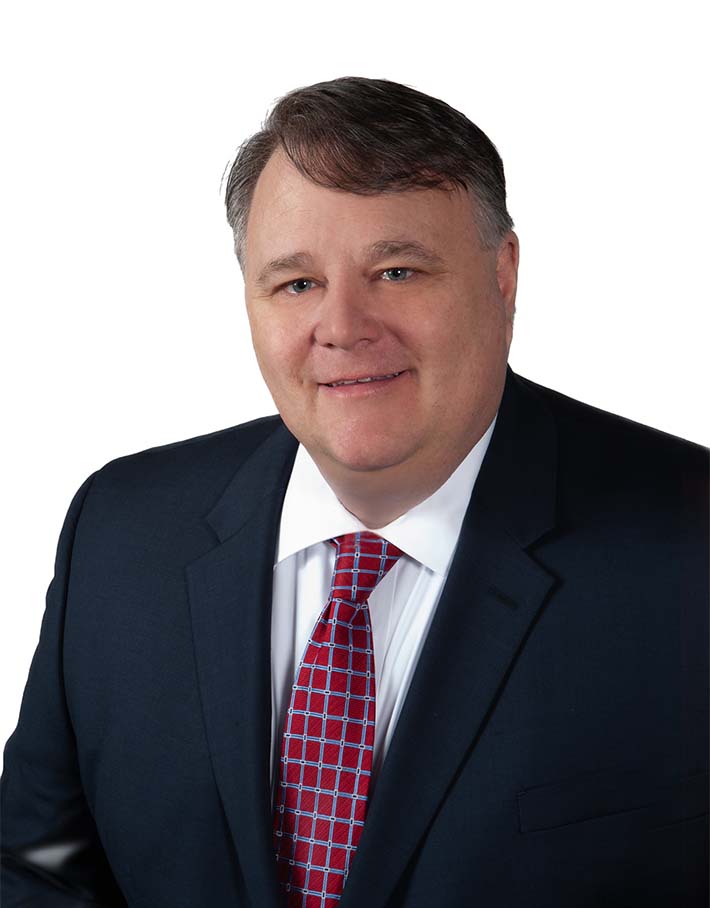Clearing Platforms – The Axis of Your Relationships
By Jay Donlin
Subscribe to our original industry insights
There are many factors in today’s marketplace that are changing the way introducing brokers and advisory firms think about their clearing and custodial platforms. Like spokes on a wheel, everything you do revolves around those relationships: your clients, financial professionals, support staff, technology platform, operations, digital experience and compliance are some of those dependencies, and don’t forget about the impact on your P&L.
We will be exploring these factors in greater detail in upcoming blogs. Be on the lookout or you can subscribe to receive Oyster’s blogs and original content directly to your email.
Profitability
Based on recent signals from the Federal Reserve, interest rates are poised to start rising in 2022. If you’re a broker-dealer this sounds like long-awaited good news. The revenue share most BDs receive from sweep account revenues (see the “The Great Compression”) in the past have made a meaningful difference in firm profitability. However, regulators on both the broker-dealer and investment advisory sides of the business have begun to question this type of revenue sharing and, most importantly, the impact on clients. Other types of revenue sharing and fee markups could also be problematic. Disclosures that may have been sufficient in the past may no longer suffice.
Additionally, the traditional expense methodologies of your clearing/custody relationship have changed dramatically even over the last 3 years.
Rising Costs of Regulatory Changes and Managing Risk
We all know that ‘Compliance is a growth business’. Think about the emphasis and costs placed on Compliance today vs. 20 years ago. Sometimes a custodial/clearing decision is based on the expense and resource drain of interfacing with one regulatory body vs. another.
For firms with multiple custodians, the risks can be higher. From a regulatory standpoint, using multiple custodians and pulling data from multiple sources to create an aggregated client view can complicate compliance oversight.
Growth
How you differentiate yourself in the marketplace is key, but invariably the discussion will lead to where you custody your business.
Is your clearing firm aligned with the types of advisors you are recruiting? Maybe your firm has changed its business model over the years and the clearing firm you selected years ago is no longer aligned with your business direction. Perhaps the firm you selected years ago looks so different today that you don’t even know the people in charge anymore, and it feels like a transactional vendor relationship rather than a strategic partnership. Are there incentives in your current Clearing Agreement that reward growth and share the gains? Are the services your clearing firm offers inadequate or cost prohibitive?
Lagging Technology
The velocity of technology transformation and expansion touches all aspects of your business from operations and processing to client-facing platforms. Are you spending money developing similar functionality or buying it from alternate vendors? Are you effectively managing and prioritizing defects and enhancements with your clearing or custody partner? Reviewing your clearing platform is one place among many in your tech stack, that can help you identify potential value and efficiency opportunities.
Oyster’s Expertise
Oyster has extensive experience in all the above activities related to broker-dealers and investment advisors, including clearing contract reviews and negotiations, as well as full business assessments. We help firms navigate their current clearing relationship and customize an approach to address needs, based on our proven process. Our current state assessment allows you to objectively ‘look in the mirror’ to determine what model best fits your culture, advisors, and shareholder goals.



